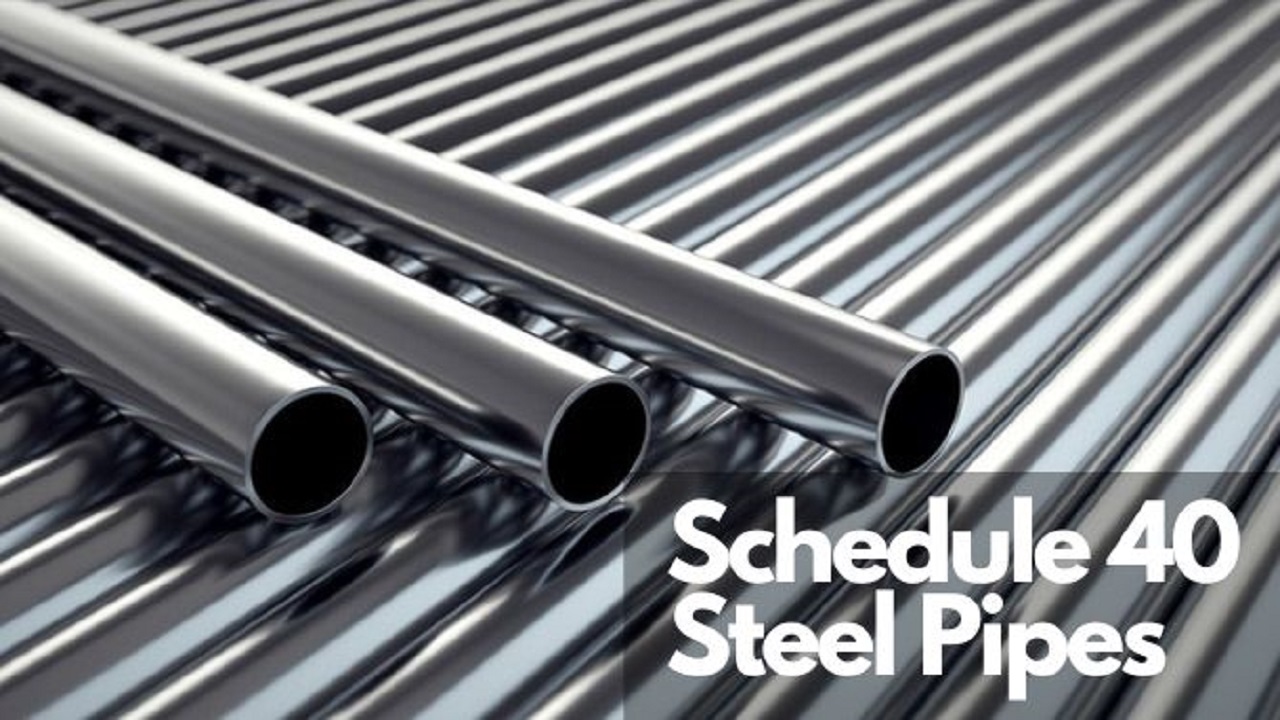The low-pressure applications find Schedule 10 pipe to be their ideal solution due to its industrial use. The walls of Schedule 10 pipes are thinner than in other standard pipe designs. The wall material thickness of a pipe serves as the main factor that determines its resistance against pressure fluctuations. Schedule 10 pipes perform well at low-pressure applications because of their thin walls, and thus make them suitable for plumbing applications alongside heating systems and various other industrial applications. The low-cost as well as easy handling capabilities of these light-weight pressure-tolerant pipes make them an appealing option. These pipes prove dependable for prolonged utilization across such surroundings through their robust construction while maintaining their affordable status. Tuspipe provides a Schedule 10 Pipe- Dimensions/ Thickness/ Weight chart for better understanding.
Why is Schedule 10 Ideal for Low-Pressure Applications?
Schedule 10 pipes function well in low-pressure applications because they possess thin walls as their primary strength. Low internal pressure situations require thin-walled pipes as their optimal solution. When working with a low-pressure system, the use of thick pipes is unnecessary. The cost and weight of Schedule 10 pipes remain optimal while they transport liquids, gases, or chemicals without any engineering above the requirements. These low-pressure systems stay operable with Schedule 10 pipes because they provide enough strength but use fewer materials than thicker pipes. Schedule 10 pipes operate successfully at low pressure without requiring any enhanced installation difficulty. These pipes have a design that enhances their ease of handling alongside easier installation procedures, which shortens both the installation time and labor costs. Businesses seeking efficient material and workforce usage should consider Schedule 10 as a suitable choice.
Benefits of Using Schedule 10 Pipe
A low-pressure application benefits from the implementation of Schedule 10 pipe due to multiple positive aspects. The main benefit that Schedule 10 pipe provides comes from its reduced cost. The production and installation costs of Schedule 10 pipes decrease because their diameter remains thin. Project developers benefit from the reduced cost and weight when a project requires substantial piping installation in large buildings and industrial systems. The weight of Schedule 10 pipes remains lower than standard pipe sizes; therefore, the workers experience improved handling capabilities. Construction workers, together with engineers, experience better pipe transportation thanks to this benefit. The installation of Schedule 10 pipes goes smoothly due to their lightweight nature, thus saving project work time and installer labor. Low-pressure systems can securely operate on Schedule 10 pipes because the material provides resistance against rust and corrosion. Schedule 10 pipes maintain their operational lifespan over many years as they do not demand frequent maintenance or replacements for applications that need reliable performance at low pressure levels.
How Tuspipe Uses Schedule 10 Pipe
The manufacturing company Tuspipe recommends Schedule 10 pipes for low-pressure applications because this type of pipe has an optimal combination of strength and weight while being cost-effective. Tuspipe ensures proper project efficiency and economics through selecting appropriate piping solutions for each project, since the company understands that different projects have unique requirements. Also, the company maintains strict quality materials selection standards for Schedule 10 pipes while ensuring long-term performance. The company strives to manufacture pipes that fulfil industry standards, which gives customers assurance that they will function correctly in their planned applications when using Schedule 10 pipe. Tuspipe suggests Schedule 10 pipes as an appropriate solution for plumbing systems, HVAC systems, and water treatment plants since these systems do not require extreme pressure but demand enduring performance.
Common Uses for Schedule 10 Pipe
The various industries employ Schedule 10 pipes for multiple usage applications. Schedule 10 pipes are ideal for everyday tasks where high pressure is not a concern, but reliability and strength are still needed. The principal applications of Schedule 10 pipes include:
Plumbing
Schedule 10 pipes run through residential plumbing systems and also serve commercial buildings for water transportation.
HVAC
Tough places require lower-pressure conditions, where pipes perform exceptionally well in heating, ventilation, and air conditioning functions.
Water Treatment
The pipes in water treatment facilities make use of Schedule 10 systems to transport water because the pipes do not require increased durability from thicker dimensions.
Chemical Processes
Schedule 10 pipes allow chemical transportation at low-pressure conditions.
Conclusion
Tuspipe endorses Schedule 10 pipe solutions for low-pressure operations since this product meets the requirements of numerous applications. Because of their combination of affordable cost, moderate weight, and performance, Schedule 10 pipes work well for applications that do not operate at high pressure levels. Tuspipe ensures reliable and enduring Schedule 10 pipes as clients gain both time and financial savings for their efficient operations. The company serves different industries by understanding how appropriate pipe types are vital to achieving project success. Schedule 10 pipes produced by Tuspipe represent a dependable solution when working under low-pressure conditions for plumbing and HVAC systems and chemical procedures.

